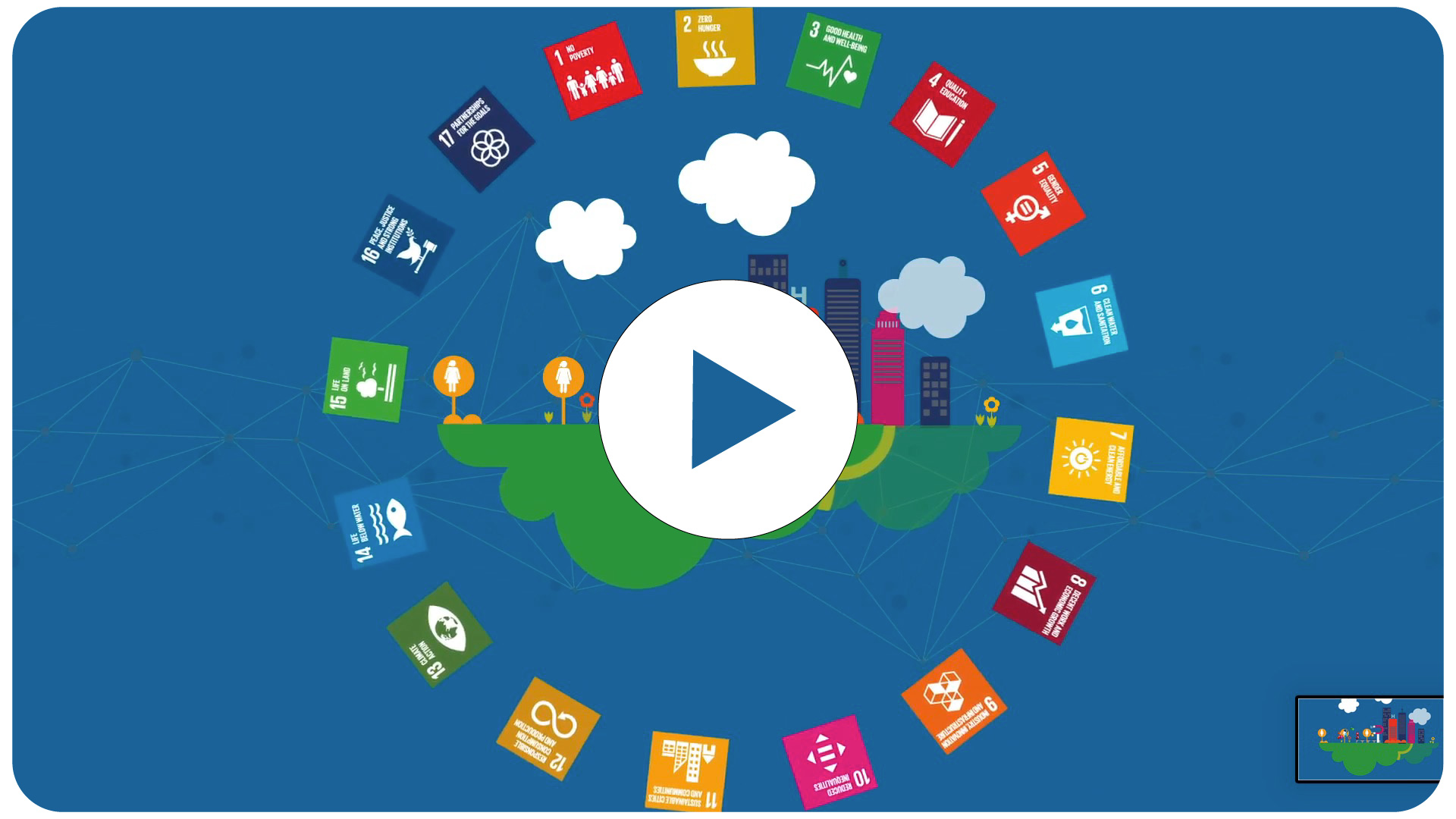This report is a culmination of efforts by ESCWA and FAO regional office and departments at headquarters. The partners collaborated with other experts to assess and provide sound analyses, and to outline an appropriate course of action through an assessment of challenges and a simulation of the short- to medium-term food outlook towards 2030. 2020 was a challenging year, bringing human suffering to an unprecedented level socioeconomically but also health-wise. COVID-19, a novel infectious disease, spread fast and wide, distressing healthcare systems and unleashing one of the fastest and strongest recessions the world has witnessed in recent memory. In the Arab region, the pandemic added to many challenges that have prevailed for decades, including, among others, high population growth, conflicts and population displacements, poverty and unemployment, food insecurity and malnutrition, and high dependence on external food markets in an environment of growing scarcity of water and arable lands. How prepared was the region to address and adapt to these shocks, and what lessons have been learned? Many Arab countries have recently been substantially tested by a range of crises, including sociopolitical unrest and armed conflicts, and devastating economic downturns, driven by falling oil prices and currency devaluations. These added to and worsened the impacts of earlier crises. The COVID-19 pandemic thus found fertile ground in exacerbating the many vulnerabilities of the region, notably those of its food system. People’s livelihoods and health were harmed, and State budgets were further weakened, challenging the capacity of many middle- and low-income countries to respond accordingly.
The food system of the Arab region is underpinned by regional and global trade in food and
agricultural commodities, and thereby requires a sustainable, well-functioning food supply
chain that generates incomes and builds livelihoods while preserving natural resources. The
COVID-19 pandemic and the measures adopted to stem its spread upended the functioning
of food markets. Constrained movements and food hoarding led to a temporary emptying
of store shelves, while fresh foods were discarded as demand from restaurants and other
institutional buyers decreased. This severely impacted food-related businesses, and led to a
rise in unemployment, income losses and increased poverty.
This report sheds light on how COVID-19 has impacted food security in the region while
highlighting the weaknesses and vulnerabilities underlying food systems and their high
susceptibility to shocks. Simulations on the impact of COVID-19, along with projections of
the outcome of market shocks, such as food price hikes, and the outcome of a significant
cereal yield improvement were performed to outline key recommendations to enhance
the resilience of food markets. The report also presents case studies on food security in
Lebanon and Yemen. Throughout, the report provides options to respond to rising food
insecurity, address the current status of food and nutrition, reduce vulnerabilities and
respond to COVID-19, with a view to highlighting alternative ways to enhance resiliency to
future shocks.
As such, the report is a useful reference as the region aims to build back better. It is the
hope of our two organizations that its content and findings will help inform policymaking
and programme planning, and assist countries to move more confidently towards the
achievement of the Sustainable Development Goals (SDGs), particularly SDG 2, along with
others supporting the achievement of food security.


























